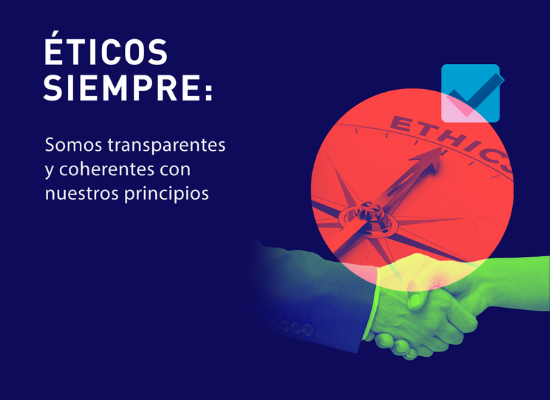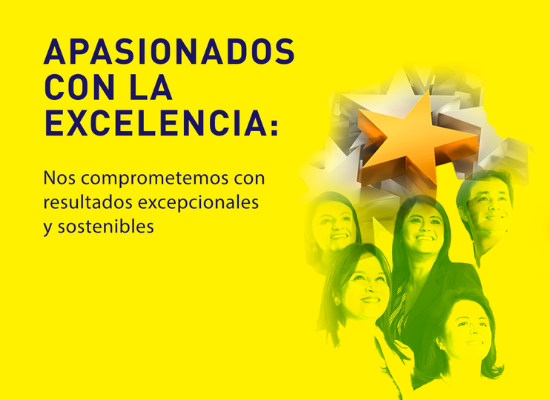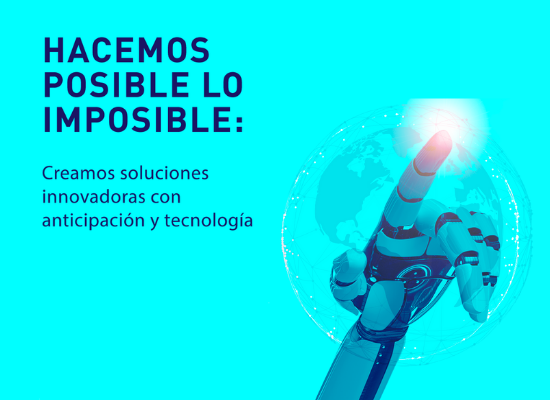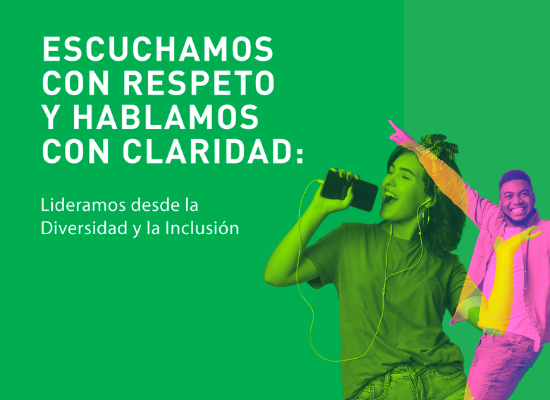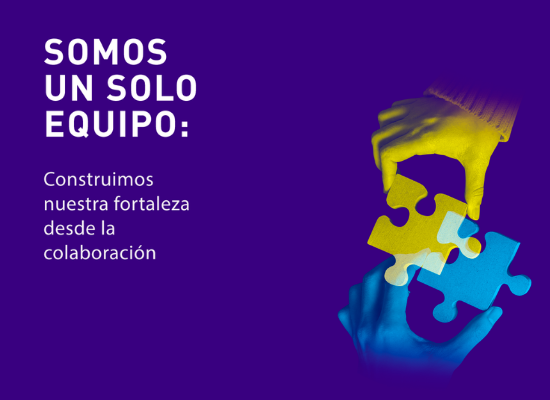- Estrategia y Reportes
-
International reports and standards
International reports and standards
- Informes de Gestión y Sostenibilidad
- Z6_OAH81840O0M4606L2FI1T1P510
- Indexes and rankings
-
Environmental
Environmental
- Environmental strategy
-
Environmental planning and compliance
Environmental planning and compliance
- Z6_OAH81840O09U20QVDQ5E8J0O81
- Z6_OAH81840O09U20QVDQ5E8J0O47
- Climate action
-
Gestión integral del agua
Gestión integral del agua
- Z6_OAH81840O09U20QVDQ5E8J0OJ2
- Z6_OAH81840O09U20QVDQ5E8J0OR5
- Z6_OAH81840O09U20QVDQ5E8J0406
- Biodiversity and Ecosystem Services
- Circular Economy TESG
-
Clean air for the environment
Clean air for the environment
- Z6_OAH81840O09U20QVDQ5E8J0KG1
- Z6_OAH81840O09U20QVDQ5E8J0KO7
-
Integral Wastes Management Strategy
Integral Wastes Management Strategy
- Z6_OAH81840OG4G8060L6PICGM4O6
- Informes de Gestión y Sostenibilidad
- Z6_OAH81840OG94506CMB110A1244
-
Prevention of incidents and remediation
Prevention of incidents and remediation
- Z6_OAH81840O09U20QVDQ5E8J0KP6
- Z6_OAH81840O09U20QVDQ5E8J0KD0
- Z6_OAH81840O09U20QVDQ5E8J0K35
-
Use of energy and alternative sources
Use of energy and alternative sources
- Z6_OAH81840O09U20QVDQ5E8J0KN7
- Z6_OAH81840O09U20QVDQ5E8J0C01
- Z6_OAH81840O09U20QVDQ5E8J0CO4
- Z6_OAH81840O09U20QVDQ5E8J0CK3
-
Social TESG
Social TESG
- Local development
-
Diversity, Inclusion, Equity and belonging
Diversity, Inclusion, Equity and belonging
- Policy of Human Richness
- Perspectives Human Richness Policy
-
Ethnic and archaeological cultural heritage
Ethnic and archaeological cultural heritage
- Z6_OAH81840O09U20QVDQ5E8J0SK2
- Labor standards
-
Occupational Health and Safety
Occupational Health and Safety
- Z6_OAH81840OG4G8060L6PICGMK62
- Z6_OAH81840O01S30629JU8LS1HU1
- Z6_OAH81840OG4G8060L6PICGMKE7
- Z6_OAH81840OG4G8060L6PICGMKH1
-
Talent attraction, development and retention
Talent attraction, development and retention
- Z6_OAH81840O09U20QVDQ5E8J0SN4
- Z6_OAH81840O09U20QVDQ5E8J0SV3
- Z6_OAH81840O09U20QVDQ5E8J0286
-
Governance TESG
Governance TESG
-
Corporate Governance TESG
Corporate Governance TESG
- Governance structure
- Contributions and other Spendings
- Minutes of previous meetings - General Shareholders' Meeting
- Board of Directors
- Board of Directors Committees
- Ecopetrol's Executives TESG
- Annual Corporate Government Report
- Procedure for the Protection of Minority Shareholders
- Rights and Obligations of Shareholders
- Applicable Regulations
- Control TESG
- External Measurements
-
Business ethics and risks culture
Business ethics and risks culture
- Comprehensive policy
- Z6_OAH81840OG4G8060L6PICG6QN1
- The Compliance Program of the Ecopetrol Business Group
- Z6_OAH81840OG4G8060L6PICG66O0
- Z6_OAH81840OG4G8060L6PICG66K3
- Mechanism for advice and concerns about ethics (Ethical line)
- Management and Compliance Risk
- Related information
- Z6_OAH81840OG4G8060L6PICG6613
- Z6_OAH81840OG4G8060L6PICG66P6
-
Risk Management at Ecopetrol
Risk Management at Ecopetrol
- Z6_OAH81840OG4G8060L6PICGMLM5
-
Innovation and Technology TESG
Innovation and Technology TESG
-
Innovación y Tecnología
Innovación y Tecnología
- Innovación y Tecnología
-
Tecnología en Ecopetrol
Tecnología en Ecopetrol
- Tecnología en Ecopetrol
-
Centro de Innovación y Tecnología
Centro de Innovación y Tecnología
- Quiénes somos
-
Innovación abierta
Innovación abierta
- Z6_OAH81840OG4G8060L6PICG6EM0
-
Digital Technology TESG
Digital Technology TESG
- Tecnología digital
- Retos Econova
Z6_OAH81840OGJ530QVJJGMU739D7
{}
Z7_OAH81840OGJ530QVJJGMU739T5
Warning
No content found for: portal site/z6_000000000000000000000000a0/z6_00000000000000a0br2b300go2/z6_oah81840o09u20qvdq5e8j0gj5/z6_oah81840o09u20qvdq5e8j08b5/z6_oah81840ogj530qvjjgmu739d7/towards-a-net-positive-impact
Z7_OAH81840OGJ530QVJJGMU73930
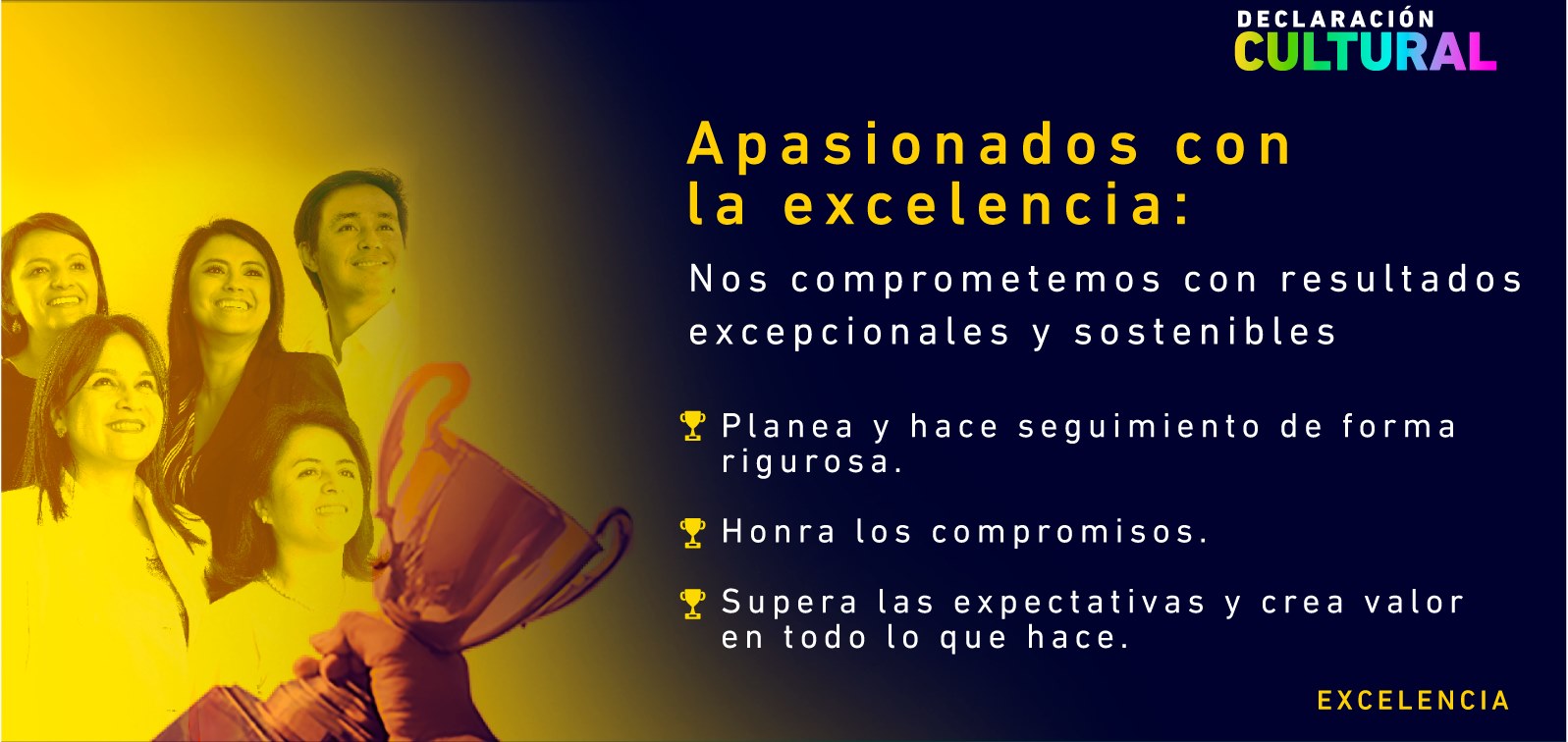
Haga clic sobre cada uno de los cuadros para conocer más sobre los aspectos en los cuales el Grupo Ecopetrol trabaja a diario para generar resultados excepcionales gracias a la planeación y el seguimiento, honrando los compromisos y creando valor.
Z7_OAH81840OGJ530QVJJGMU73932

